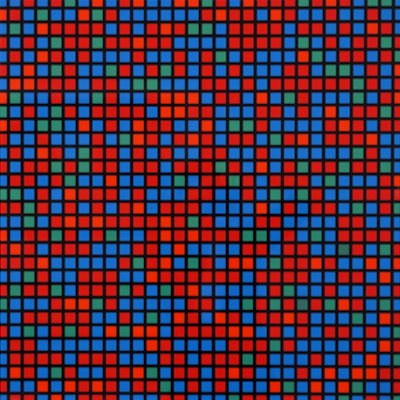
Details
Artist
Styles
Ink and felt pen Drawing - Hand-Signed on the lower right // Face by Victor Vasarely, created in the 1970s, is a pen and ink drawing that encapsulates the artist’s fascination with optical illusions and geometric abstraction. The composition features intricate, overlapping lines that form an abstract, almost calligraphic shape, suggesting the contours of a face. Surrounding the central form are handwritten notes in French, adding a layer of conceptual depth and personal touch to the piece. The use of ink and felt pen gives the drawing a delicate yet dynamic quality, characteristic of Vasarely's exploration of movement and perception in his work. Hand-signed on the lower right, this artwork reflects Vasarely’s innovative approach to visual art.
Face, 1970s
form
Medium
Size
35 x 28 cm
- Inches
- Centimeters
Edition
Price
- USD
- EUR
- GBP
Details
Artist
Styles
Ink and felt pen Drawing - Hand-Signed on the lower right // Face by Victor Vasarely, created in the 1970s, is a pen and ink drawing that encapsulates the artist’s fascination with optical illusions and geometric abstraction. The composition features intricate, overlapping lines that form an abstract, almost calligraphic shape, suggesting the contours of a face. Surrounding the central form are handwritten notes in French, adding a layer of conceptual depth and personal touch to the piece. The use of ink and felt pen gives the drawing a delicate yet dynamic quality, characteristic of Vasarely's exploration of movement and perception in his work. Hand-signed on the lower right, this artwork reflects Vasarely’s innovative approach to visual art.
- Recently Added
- Price (low-high )
- Price (high-low )
- Year (low-high )
- Year (high-low )
What is geometric abstract art?
Geometric abstraction is a form of abstract art that uses geometric shapes arranged in a non-illusionistic space (though not always) and combined into non-representational (non-objective) compositions. Based on years of artistic research, some artists have proposed that geometric abstraction offers a solution to modern challenges by rejecting traditional illusionistic practices in favor of clarity and simplicity.










































































